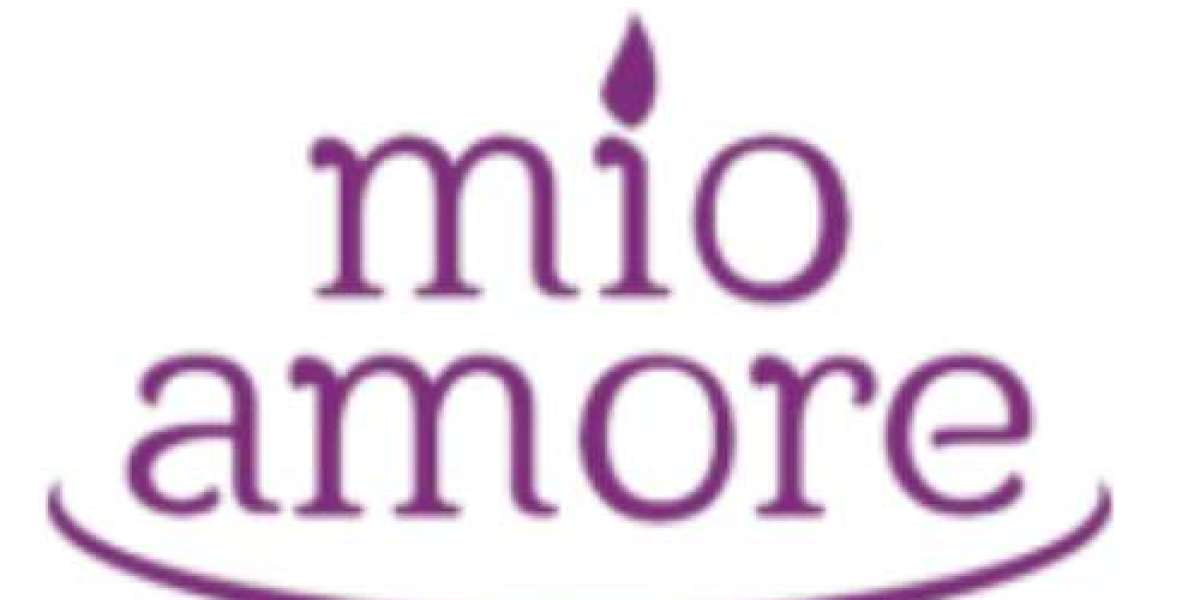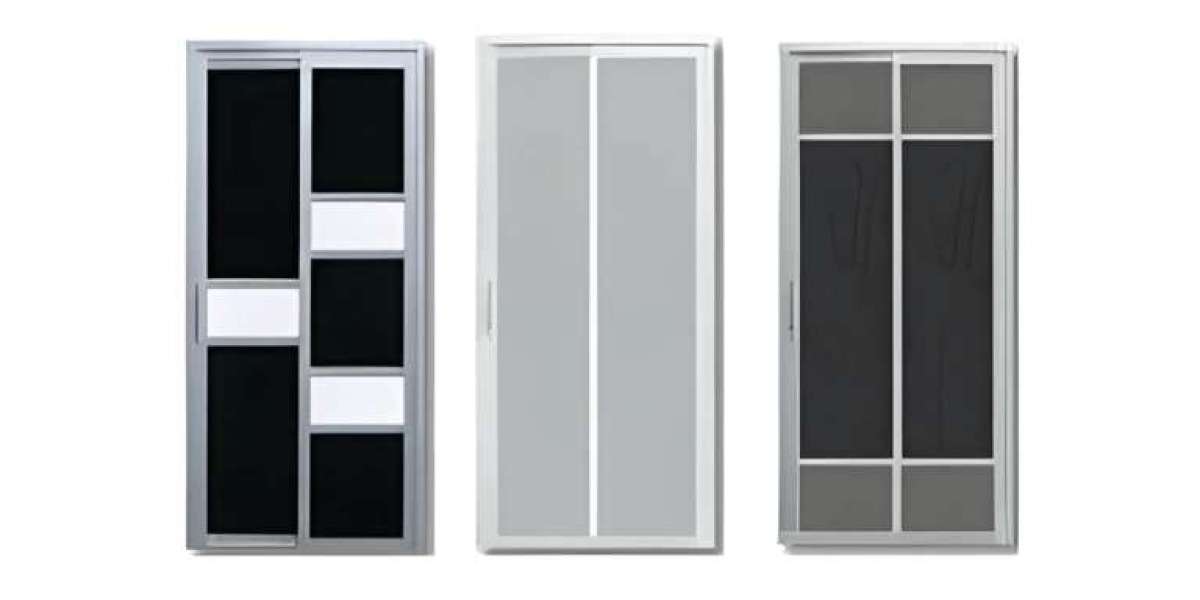The surgical sutures market innovation has witnessed significant advancements over the years, driven by the need for improved patient outcomes, enhanced surgical techniques, and the adoption of cutting-edge technologies. Among the most groundbreaking innovations are smart sutures and nanotechnology, both of which are reshaping the landscape of surgical wound care. These innovations promise not only to improve the healing process but also to prevent complications such as infections, reduce the need for follow-up interventions, and significantly enhance patient recovery. This article explores how these revolutionary technologies are transforming the future of surgical wound care, offering valuable insights into their impact on the surgical sutures market.
Understanding Smart Sutures and Nanotechnology
Smart sutures are a novel class of sutures that incorporate advanced features such as sensors, drug delivery systems, and antimicrobial properties. These sutures are designed to monitor the wound's healing process in real time, offering critical data to healthcare providers for better decision-making. By embedding sensors within the suture material, smart sutures can measure parameters like pH levels, temperature, and infection markers, providing valuable insights into the status of the wound.
Nanotechnology, on the other hand, involves manipulating matter at the molecular or atomic level to develop materials with unique properties. In the context of surgical sutures, nanotechnology is used to enhance the physical, chemical, and biological properties of suture materials. This includes the creation of nanomaterials that are biocompatible, more durable, and capable of targeted drug delivery, significantly improving wound healing and reducing complications.
The Role of Smart Sutures in Surgical Wound Care
Smart sutures have the potential to revolutionize surgical wound care by offering real-time monitoring of the wound environment. Traditional sutures serve a primary function of holding tissue together, but they do not provide any feedback on the wound’s condition. This limitation can lead to delayed detection of complications, such as infections or poor healing, which may require additional medical interventions.
With the integration of sensors, smart sutures enable continuous monitoring of critical parameters such as infection levels, temperature, and moisture content, all of which are crucial for wound healing. These sensors relay data to a connected device, such as a smartphone or a wearable monitor, allowing healthcare professionals to receive updates on the wound’s condition without needing to inspect the wound physically. This technology empowers clinicians to identify potential issues early, reducing the risk of infection and improving patient outcomes.
Additionally, some smart sutures are equipped with drug delivery capabilities. These sutures can release antibiotics or other medications directly to the wound site, providing localized treatment and reducing the need for systemic medication. This targeted approach minimizes side effects and ensures that the healing process is supported at the site where it is most needed.
Nanotechnology: Enhancing Suture Materials for Superior Performance
Nanotechnology is playing a pivotal role in the development of more effective and efficient surgical sutures. By manipulating materials at the nanometer scale, manufacturers can enhance the properties of suture materials, making them stronger, more durable, and more biocompatible. This has led to the creation of nanostructured sutures, which offer several advantages over traditional sutures.
One of the key benefits of nanotechnology in sutures is the creation of more resilient materials. Nanostructured sutures exhibit improved tensile strength, making them less prone to breaking or stretching during the healing process. This ensures that the suture remains intact for a longer period, reducing the need for premature removal or replacement.
Nanotechnology also allows for the development of sutures with antimicrobial properties. By embedding nanoparticles, such as silver or copper, into the suture material, manufacturers can create sutures that actively combat infection. These antimicrobial sutures can help reduce the risk of surgical site infections (SSIs), which are a leading cause of complications in wound healing. The use of nanotechnology in antimicrobial sutures offers a more localized and targeted approach to infection prevention compared to traditional systemic antibiotics.
Furthermore, nanotechnology enables the development of sutures with improved bioabsorbability. By designing sutures that gradually dissolve over time, manufacturers can eliminate the need for suture removal procedures, which are often painful and can lead to scarring. This innovation not only enhances patient comfort but also reduces healthcare costs by eliminating the need for follow-up visits.
Benefits of Smart Sutures and Nanotechnology in Wound Healing
The combination of smart sutures and nanotechnology offers several benefits for surgical wound care, many of which focus on improving the overall healing process and patient outcomes. Here are some of the key advantages:
Real-Time Monitoring: Smart sutures provide continuous feedback on the wound’s condition, allowing healthcare providers to intervene promptly if complications arise. This can significantly reduce the risk of infections, tissue damage, and poor healing, resulting in faster recovery times for patients.
Infection Prevention: Both smart sutures and nanotechnology-enhanced sutures have the potential to reduce the risk of infections. By incorporating antimicrobial properties and drug delivery systems, these sutures can directly target the wound site and prevent the growth of harmful bacteria, minimizing the need for systemic antibiotics.
Improved Healing: Nanotechnology can improve the bioabsorbability of sutures, ensuring that the suture material gradually dissolves as the tissue heals. This eliminates the need for suture removal and reduces the likelihood of scarring. Additionally, the use of smart sutures that release healing agents or medications directly to the wound site can accelerate the healing process.
Cost-Effectiveness: While smart sutures and nanotechnology may involve higher initial costs, they can ultimately reduce healthcare costs by minimizing the need for follow-up interventions, reducing infection rates, and speeding up recovery times. This makes them a cost-effective option for hospitals and clinics in the long term.
Enhanced Patient Comfort: By reducing the need for follow-up visits and minimizing the risk of complications, patients can experience a more comfortable recovery. The use of bioabsorbable sutures eliminates the need for painful suture removal procedures, contributing to a smoother healing process.
Future Outlook and Market Trends
The surgical sutures market innovation is expected to continue evolving with further advancements in smart sutures and nanotechnology. As the demand for more efficient and effective wound care solutions grows, manufacturers will focus on improving the functionality and affordability of these advanced sutures.
Additionally, as healthcare systems around the world increasingly prioritize patient-centered care, the focus on innovations that enhance recovery times and reduce the risk of complications will continue to drive market growth. With further research and development, smart sutures and nanotechnology have the potential to redefine surgical wound care and improve patient outcomes across the globe.
Conclusion
The surgical sutures market innovation is at the forefront of transforming wound care with the introduction of smart sutures and nanotechnology. These innovations offer numerous benefits, including real-time monitoring, infection prevention, and improved healing, all of which contribute to enhanced patient outcomes. As these technologies continue to evolve, they are set to play a pivotal role in shaping the future of surgical wound care, offering greater efficiency, patient comfort, and cost-effectiveness. The integration of smart sutures and nanotechnology represents a significant leap forward in the surgical sutures market, opening up new possibilities for improved healthcare worldwide.








